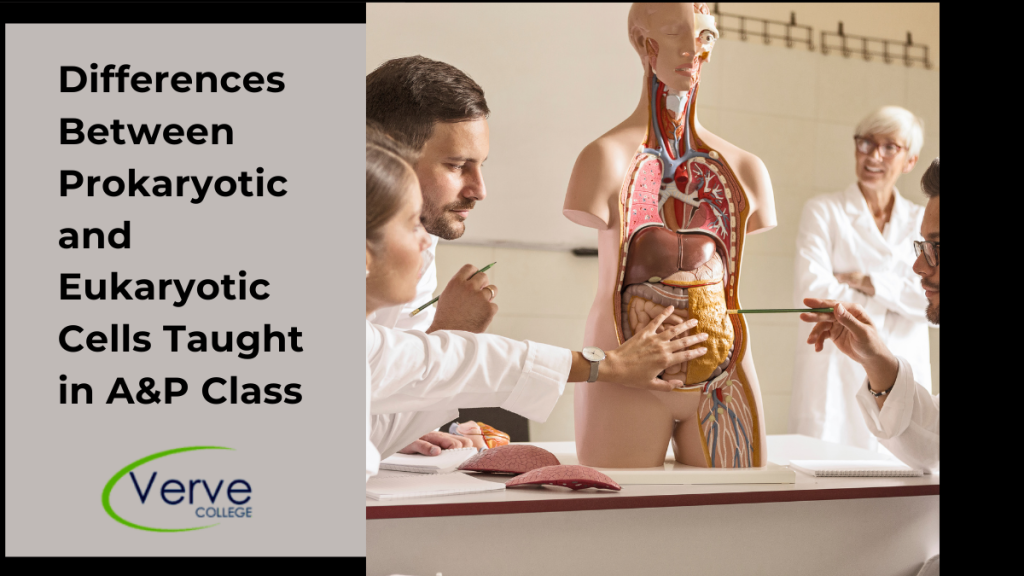- Oak Brook:(630) 705-9999
- Chicago:(312) 920-8822
- Email:inquiry@vervecollege.edu
- Make a Payment
- Home
- Programs
- Admission
- Resources
- ATI Entrance Exam Resources
- New E-Digital Library
- Refer a Friend
- School Newsletter
- Events
- Employers
- Job-Network
- Alpha Beta Kappa Candidates
- Verve College Library
- Graduation and Pinning Ceremony Photo Galleries
- Textbook Information
- Career Services
- Tutoring
- School Catalog
- FAQ
- Constitution Day Program
- Alumni
- Verve College Plans
- Financial Aid
- HEERF Reporting
- Satisfactory Academic Progress
- Apply For Financial Aid
- Net Price Calculator
- Return of Title IV Funds (R2T4)
- Financial Aid Office Code of Conduct
- Contact
- FAQs
- Verification Policy
- Vaccination Policy
- Student Right-to-Know Act
- Misrepresentation
- Information Security Program
- Academic Award Year
- Availability of Employee
- Cost of Attendance
- Health & Safety Exemption Requirement
- Students Rights and Responsibilities
- Leave of Absence
- Pell Formula
- Military Students
- Grants/ Scholarship Policy
- Contact Us
- Testimonials
- Blog
Is a Nursing Career Right For You?
Take The Free Quiz
Differences Between Prokaryotic and Eukaryotic Cells Taught in A&P Class
Differences Between Prokaryotic and Eukaryotic Cells Taught in A&P Class
Cells are the basic unit of life. They make up all living things and organic matter, including animals, plants, and bacteria. There are two types of cells as per A&Pclass: prokaryotes and eukaryotes.
Prokaryotic cells lack a nucleus or membrane-bound organelles. They are composed of bacteria and archaea and have a simpler structure. Organelles that are membrane-bound and have a nucleus are both present in eukaryotic cells. Eukaryotes can be classified as plants, animals, or fungi. Studnets who are learning have a doubt that do both eukaryotes and prokaryotes have a cell wall? We tried to explain in short with easy manner and also in this quick blog, you will have a easy understanding of eukaryotic cells vs prokaryotic cells.
Similarities Between Eukaryotic Cells And Prokaryotic Cells
What do eukaryotes share with prokaryotes? Both prokaryotic and eukaryotic cells share many structures, including:
- Cell membrane
- Genetic material
- Ribosomes
- Cytoplasm
Cell Membrane
Both prokaryotes as well as eukaryotes have a cell wall, also called the plasma membrane. The plasma membrane, a thin, flexible barrier that protects cells and allows only certain things into and out of them, is thin and flexible. The plasma membrane in both prokaryotes, as well as eukaryotes, is composed of a phospholipid bilayer that’s studded with carbohydrates, proteins, and cholesterol as the chemical composition.
Genetic Material
All cells are genetically made up of DNA, prokaryotes as well as eukaryotes. DNA is a double-helix composed of two complementary nucleotide strands in the average life span. Genetic information is the order of the nucleotides, which determines how the cells grow, function, and reproduce, and how their chemical processes take place.
Ribosomes
Both prokaryotes, as well as eukaryotes as a common ingredient, have ribosomes. Ribosomes contain ribonucleotides as well as protein. Although the structure and chemical composition of ribosomes is different between prokaryotes and eukaryotes, they are both made up of two subunits that serve the same purpose: to read mRNA and make protein and amino acids.
Cytoplasm
Cytoplasm is a part of every cell. The thick fluid known as cytoplasm is composed of water, salts and sugars, proteins, monomers, and other substances that are necessary for metabolism. Cytoplasm is essential for cell structure and provides a platform for enzyme reactions.
Cell Wall
Every prokaryotic cell has a cell wall. The bacteria cell wall is made up of peptidoglycan, which is a mixture of sugar and protein. Some eukaryotic cells do not have a cell wall. Cell walls in plant cells are made from cellulose, which is a carbohydrate. Animal cells are eukaryotic, but they do not have a wall.
Eukaryotic And Prokaryotic Cells Differ From One Another
There are also differences between prokaryotic and eukaryotic cells, which students can learn about in anatomy and physiology course near me, these including the following:
- Size of cells
- Cell arrangement
- Membrane-bound nucleus
- Organelles membrane-bound
- DNA structure
- Size of the ribosome
- Cytoskeleton
- Reproduction
- Cell division
Size of Cells
Prokaryotes, which are smaller than eukaryotes, have simpler cell structures. Prokaryotes are typically between 0.1 and 5 micrometers in size. Eukaryotic cells can be larger, measuring between 10 and 100 micrometers on average. Eukaryotic cells are larger than prokaryotic ones and can be seen by the naked eye in their life cycle.
Cell Arrangement
Prokaryotes almost always exist as single-celled organisms. These include bacteria and archaea. Eukaryotic cells can create single-cell organisms and multicellular organisms. Eukaryotic cells can form nearly all multicellular organisms, including animals and plants.
True Membrane-Bound Nucleus
Eukaryotic cells contain a nucleus that is bound by a membrane. The nuclear membrane, also known as the membrane, is designed to regulate the transport of DNA into and out of the nucleus. The nuclear membrane is a critical component of gene regulation in eukaryotes. The prokaryotes have a nucleotide area where DNA is stored, without any membrane protecting it.
Organelles Membrane-Bound
Eukaryotes possess true membrane-bound organelles. Both prokaryotes, as well as eukaryotes, possess organelles. However, only eukaryotes have membrane-bound organelles. These organelles are enclosed in a phospholipid bilayer membrane and separated from the cell’s interior. These organelles are membrane-bound in the following examples:
- Endoplasmic reticulum
- Golgi apparatus
- Lysosomes
- Mitochondria
- Chloroplasts
- Peroxisomes
- Vesicles
- Plastids
- Vacuoles
Want to Make a Career in Nursing? Get More Information About Our Courses!
Conclusion
Above mentioned all about easy overview of do both eukaryotes and prokaryotes have a cell wall and eukaryotic cells vs prokaryotic cells. Students should search for an anatomy and physiology course near me, and choose the best institution at their fingertips. Verve college offers A&P Program and classes so that students can learn and grow in their career path.
 Sign up
Sign up Login
Login




